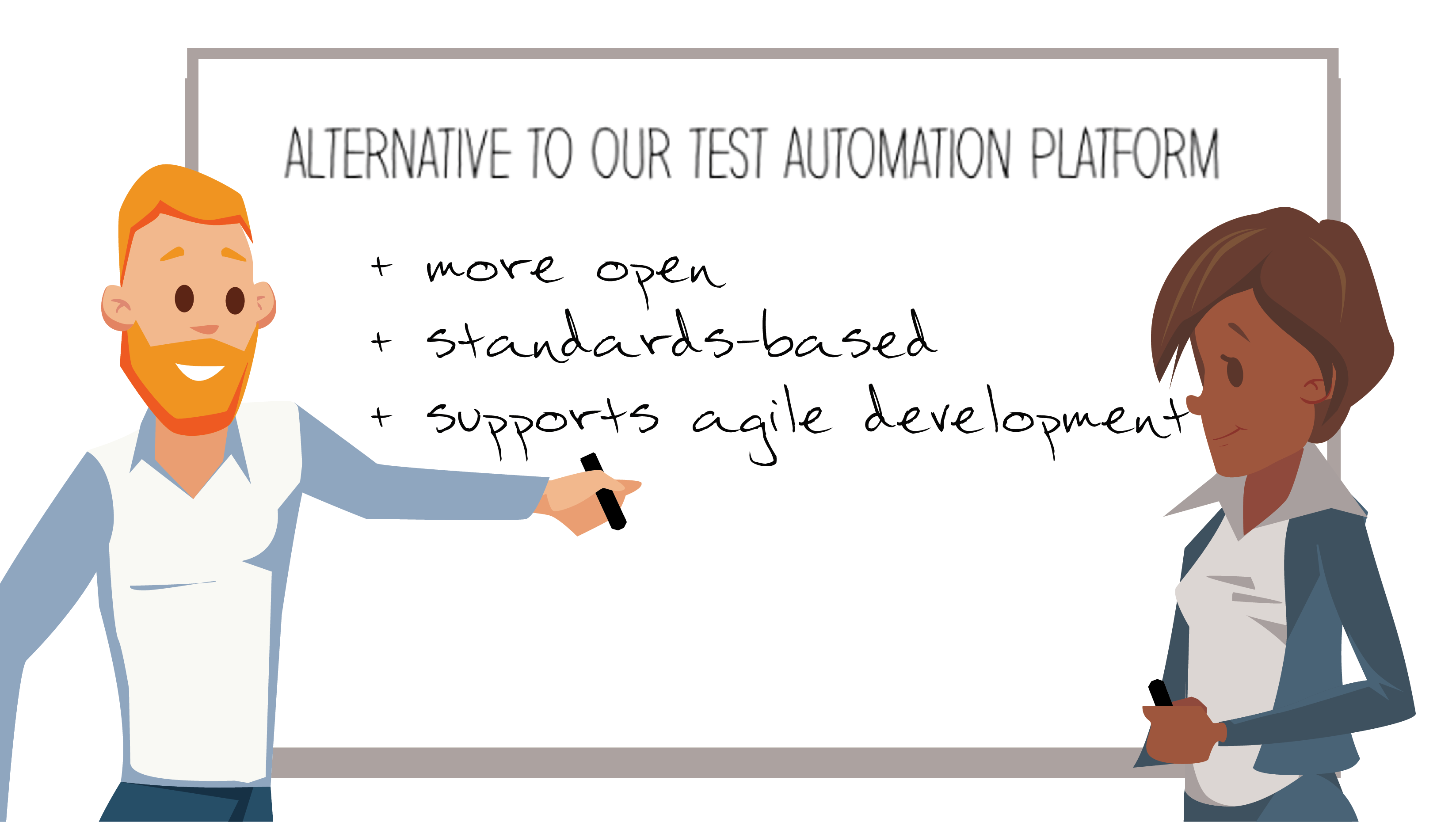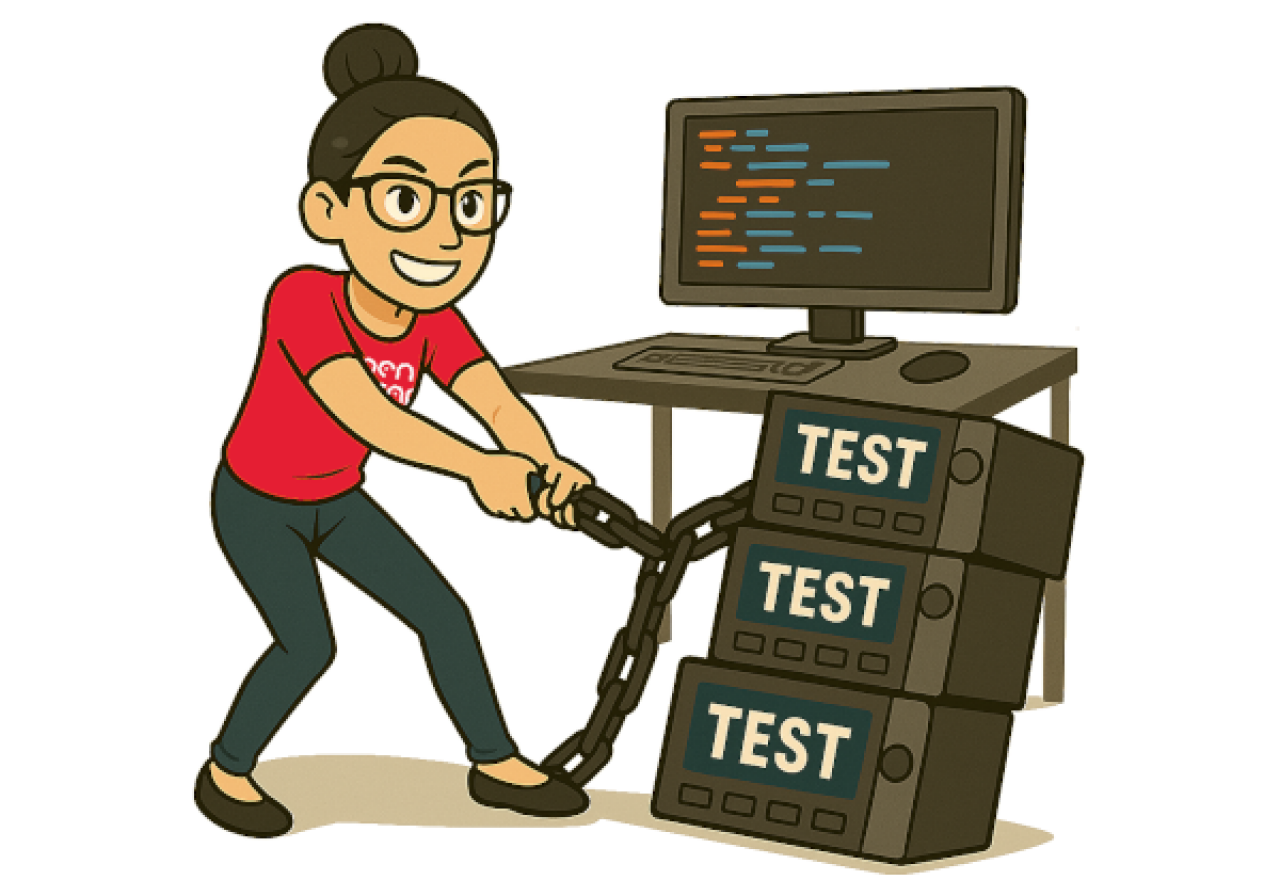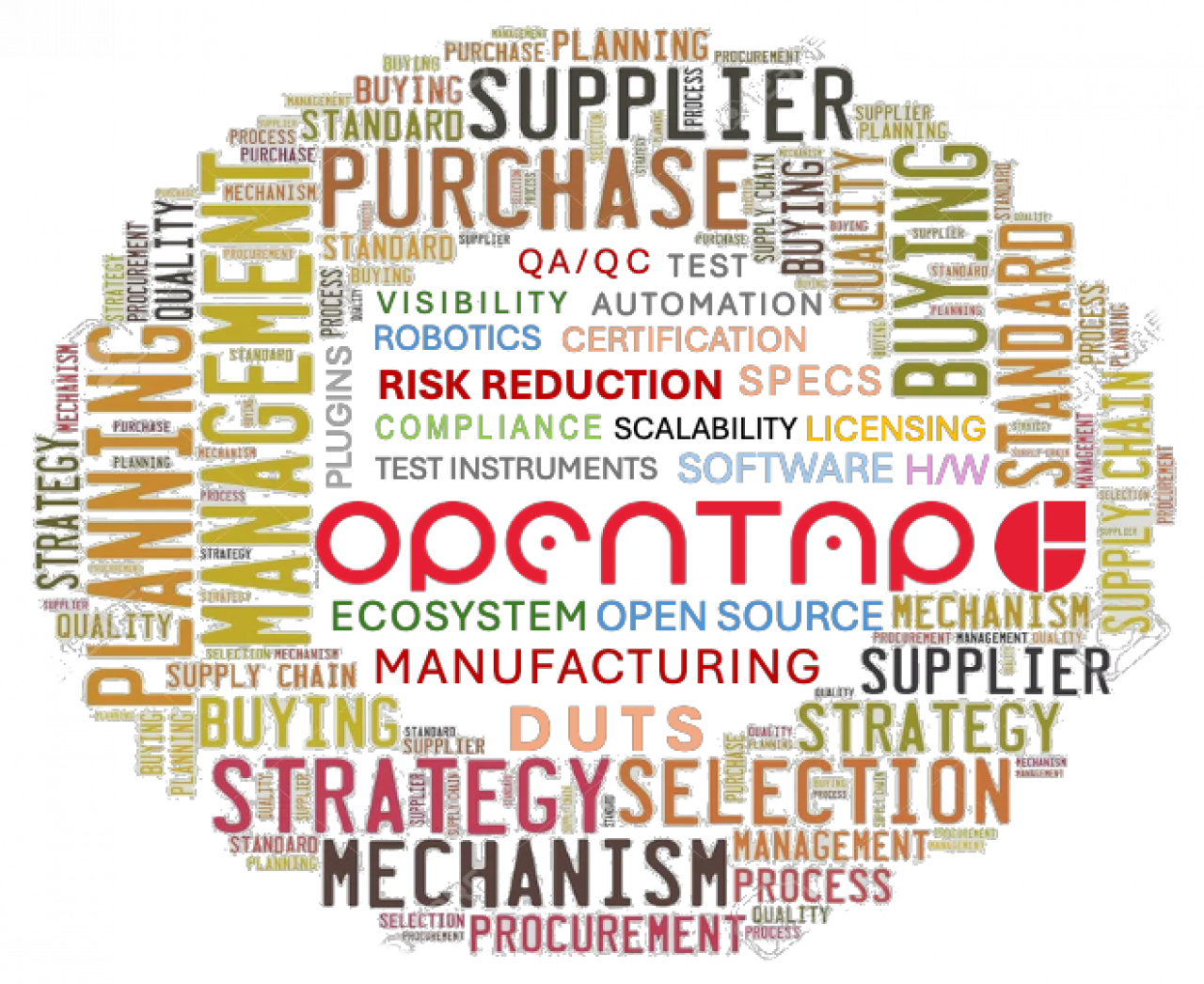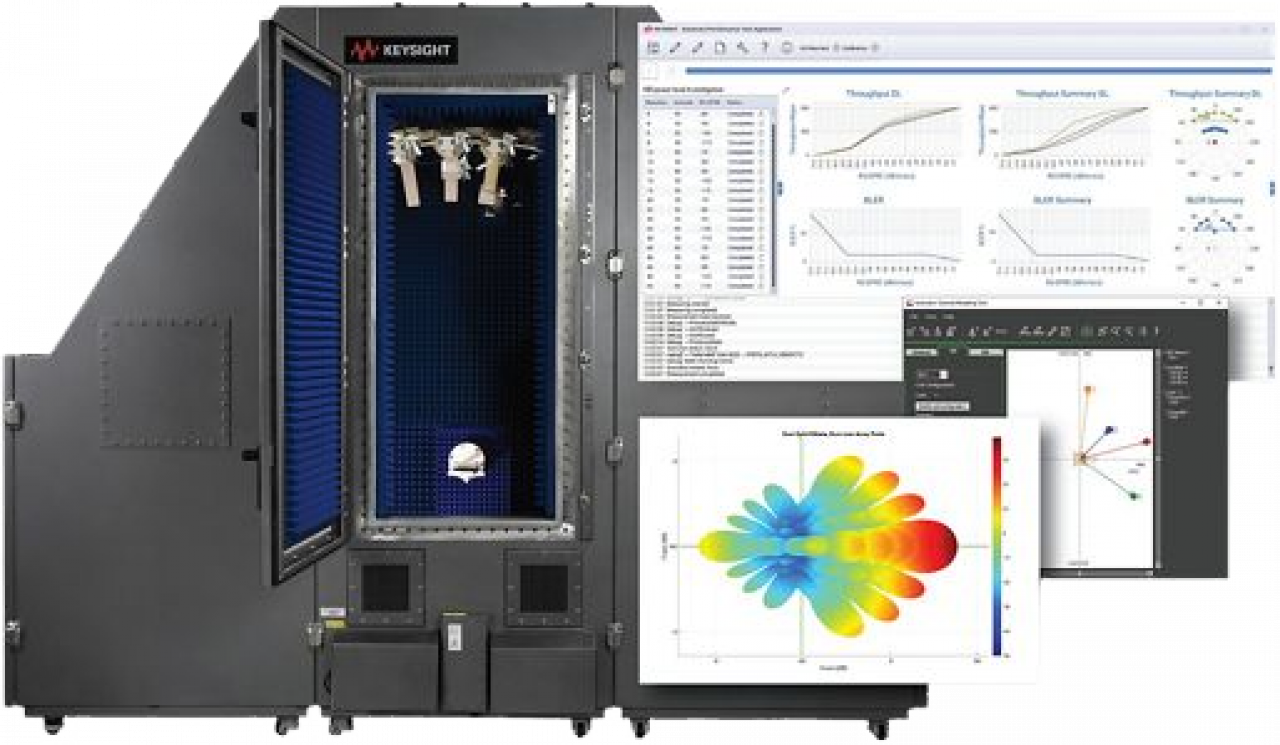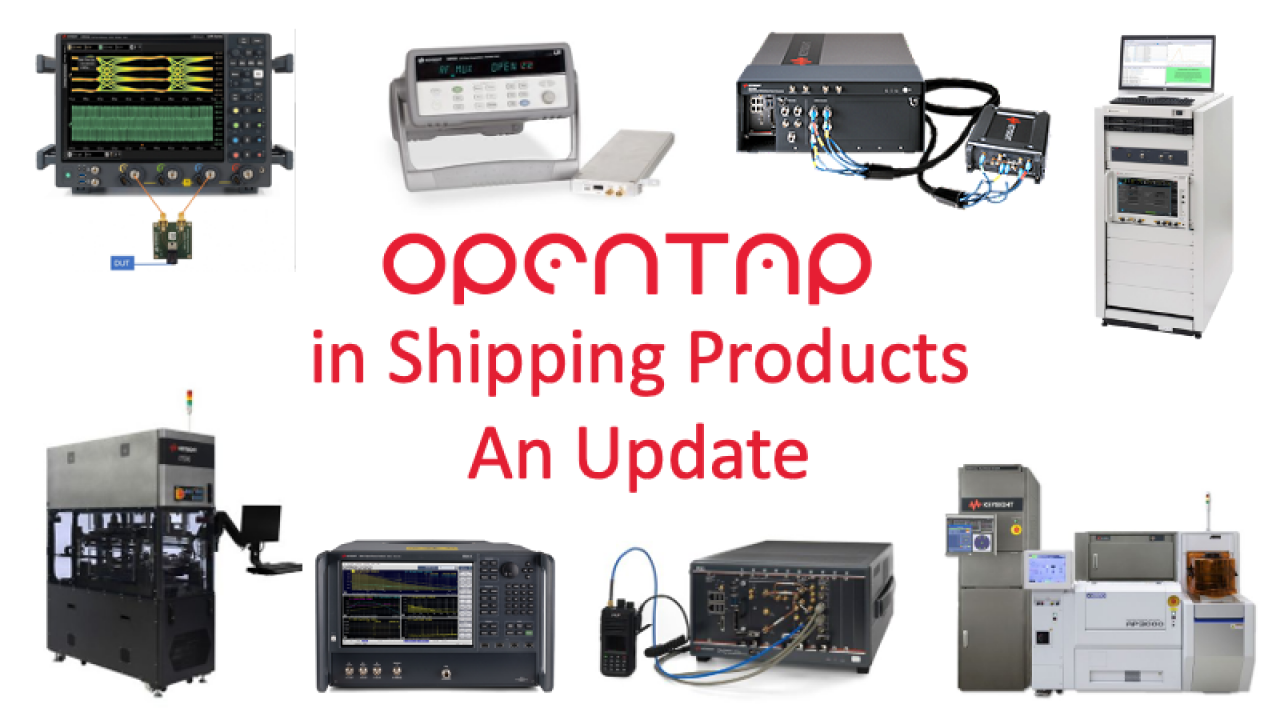
LabVIEW is a graphical environment developed by National Instruments. Used for data acquisition, instrument control, and industrial automation, LabVIEW enjoys popularity for developing automated test systems, validating designs, and conducting research. The LabVIEW OpenTAP plugin makes it is possible to call LabVIEW VI functions from OpenTAP test plans by mapping LabVIEW VI functions to OpenTAP test steps.
